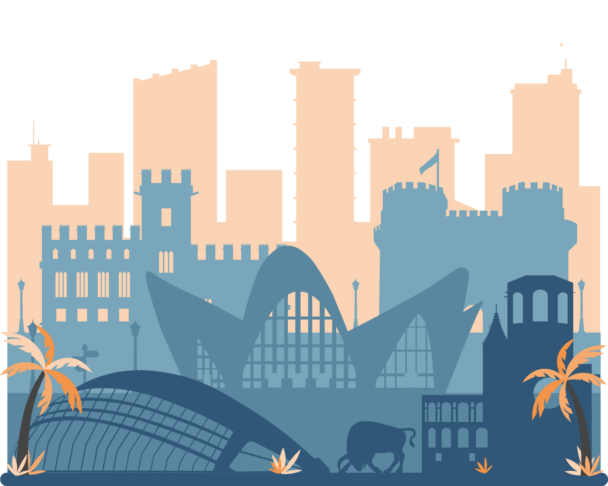Description
Basic Computer Proficiency required. Read more »
Basic computer proficiency courses are designed for individuals who have limited experience with technology. Participants will learn fundamental skills such as navigating the web, and using basic programs.
In today’s rapidly evolving educational landscape, teachers face the pressing challenge of equipping students with 21st-century skills using accessible and engaging methods.
Many educators find it difficult to integrate ICT tools to effectively foster the development of vital skills in students, such as critical thinking, collaboration, and creativity.
This course will demystify ICT tools for teachers, focusing on beginners to foster 21st-century skills through ICT tools and gamification.
Participants will gain hands-on experience with various apps and programs, understanding how to incorporate them into their teaching methodologies.
During the course, participants will learn to navigate essential ICT tools, explore creative ways to integrate technology into lesson plans and discover the power of gamification in enhancing student engagement.
Practical activities will include hands-on sessions with user-friendly applications like Kahoot! for quizzes, Padlet for collaborative projects, and Canva to create engaging materials for the class.
By the end of the course, participants will emerge with a newfound confidence in using ICT tools to cultivate 21st-century skills in their students.
They will possess the competence to design interactive lessons that promote critical thinking, collaboration, and creativity.
The acquired skills will not only address the initial challenge of integrating technology effectively but also empower educators to create dynamic, student-centered learning environments.
Requirements
Suggested computer proficiency: Basic
What is included
Learning outcomes
The course will help the participants to:
- Use fundamental ICT tools suitable for beginners;
- Understand the principles of gamification and learn practical strategies to infuse game elements into lesson plans;
- Create interactive lessons that foster 21st-century skills, including critical thinking, collaboration, and creativity;
- Learn to use ICT tools for formative and summative assessment;
- Overcome common challenges when integrating technology in the classroom;
- Understand best practices for the integration of ICT tools and gamification into the learning process.
Tentative schedule
Day 1 – Course introduction and setting goals
- Introduction to the course, the school, and the external activities;
- Icebreaker activities;
- Identification of needs and goals for each participant;
- Do you use ICT tools in your classroom?
- 21st Century skills: introduction;
- The role of Gamification in Students’ engagement;
- Presentations of the participants’ schools.
Day 2 – ICT tools for gamification
- Workshop: Designing simple gamified elements for the lessons;
- Escape rooms: analogical and digital;
- Transform your lesson plan into a treasure hunt.
Day 3 – Online quizzes and games
- Kahoot;
- Mentimeter;
- Jeopardy;
- Plikers.
Day 4 – ICT tools to foster collaboration
- Padlet;
- Google Drive;
- Classroom management tools;
- Trello.
Day 5 – ICT tools to foster creativity and critical thinking
- Canva;
- Genially;
- TedEd;
- Reflection and questions;
- Evaluation of 21st century skills
- Professional Development.
- Workshop Conclusion, Certification, and Future Steps.
Day 6 – Course closure and cultural activities
- Course evaluation: round-up of acquired competencies, feedback, and discussion;
- Awarding of the course Certificate of Attendance;
- Excursion and other external cultural activities.







